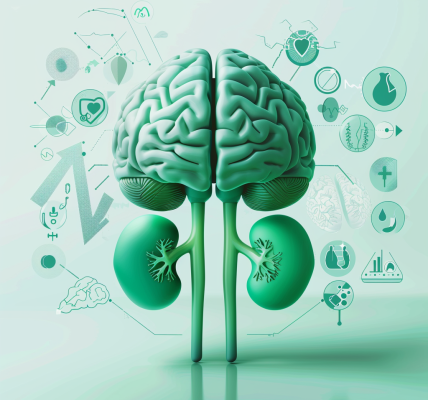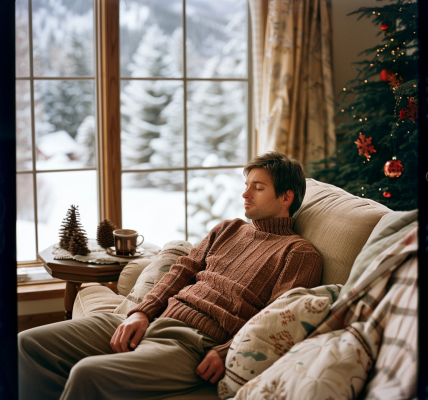Study Links Outdoor Artificial Light at Night to Increased Risk of Wet Age-Related Macular Degeneration
A recent study has suggested that higher levels of outdoor artificial light at night may be linked to an increased risk of developing wet age-related macular degeneration (AMD). The study, which utilized nationwide population-based data in South Korea, found that individuals aged 50 years and older who were exposed to higher levels of residential outdoor artificial light at nighttime had a greater risk of incident wet AMD, even after adjusting for individual- and area-level risk factors.
The population-based case-control study, conducted between January 2010 and December 2011, revealed a nonlinear pattern in the association between higher levels of light exposure and wet AMD. The study observed that the risk became more pronounced at higher outdoor artificial light exposure levels, approximately 110 nW/cm2/sr.
These findings add to the growing body of evidence highlighting the potential negative impact of outdoor artificial light at night on health. The study implicates outdoor artificial light at night as a potential risk factor for wet AMD, shedding light on the importance of considering the effects of nighttime light exposure on eye health.
Dr. Ahnul Ha, MD, who was involved in the research, emphasized the significance of these findings, which underscore the need for further investigation into the potential health implications of nighttime light exposure. The study’s findings could have implications for public health policies and urban planning, as they raise awareness about the potential risks associated with excessive outdoor artificial light at night.
As researchers continue to explore the impact of environmental factors on eye health, the study serves as a reminder of the importance of considering the broader effects of artificial light, particularly at night. The implications of this research may prompt individuals and communities to reevaluate their approach to outdoor lighting, with a focus on minimizing potential health risks associated with excessive nighttime light exposure.
Overall, the study’s findings contribute to the ongoing dialogue surrounding the potential health effects of artificial light at night, particularly in relation to eye health. With further research and awareness, the study’s insights could inform strategies aimed at promoting healthier nighttime environments and mitigating potential risks associated with excessive outdoor artificial light.





